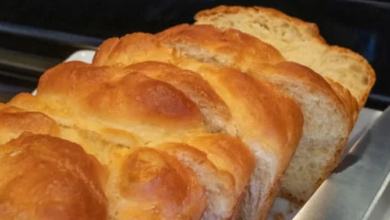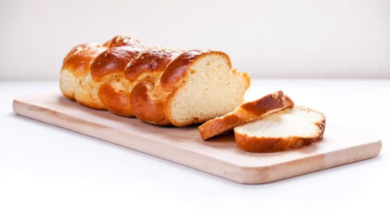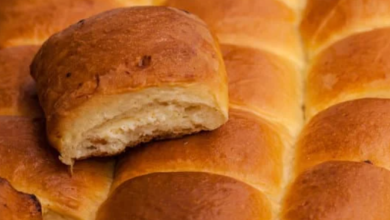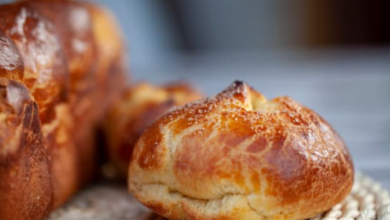Brioche Vs. Milk Bun: What Are the Differences?
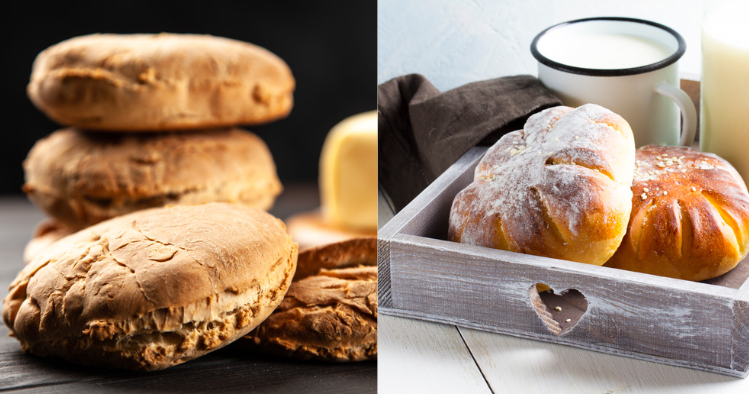
What To Know
- The choice between a brioche bun and a milk bun ultimately depends on personal preference and the intended use.
- For a more versatile and everyday bun that pairs well with a variety of fillings and sauces, the milk bun is an excellent choice.
- Can I substitute a brioche bun for a milk bun in a recipe.
In the realm of baked goods, two titans stand tall: the brioche bun and the milk bun. Both beloved for their soft and pillowy texture, they have captivated the hearts and taste buds of bread enthusiasts worldwide. But what sets these two buns apart, and which one reigns supreme? Let’s delve into the brioche bun vs milk bun debate and uncover their unique characteristics and culinary applications.
Origin and History
Brioche Bun: Originating in Normandy, France, the brioche bun has a rich history dating back to the 16th century. Its name derives from the French word “brocher,” meaning “to knead,” and it was initially created as a special treat for noble families.
Milk Bun: The milk bun, on the other hand, is a relatively modern creation. It emerged in Japan in the early 20th century and quickly became a staple in Asian cuisine. Its popularity has since spread globally, thanks to its versatile and crowd-pleasing nature.
Ingredients and Texture
Brioche Bun: The key ingredients in a brioche bun are flour, butter, eggs, sugar, and yeast. The high butter content gives it an exceptionally rich and buttery flavor, while the eggs contribute to its golden-brown crust and soft crumb.
Milk Bun: Milk buns, as their name suggests, are made with milk as a primary ingredient. In addition to flour, yeast, and sugar, they also contain butter, but in smaller quantities than brioche buns. This results in a slightly denser crumb with a subtle sweetness.
Flavor and Aroma
Brioche Bun: Brioche buns are renowned for their sweet and buttery flavor, with hints of egg and vanilla. They have a distinct aroma that is both inviting and indulgent.
Milk Bun: Milk buns offer a more subdued flavor profile, with a mild sweetness and a hint of milkiness. Their aroma is less pronounced than that of brioche buns.
Culinary Applications
Brioche Bun: Brioche buns are incredibly versatile and can be used in a wide range of culinary creations. They are perfect for breakfast sandwiches, burgers, French toast, and even desserts.
Milk Bun: Milk buns are particularly popular in Asian cuisine, where they are used for sandwiches, buns, and steamed buns. Their soft and slightly chewy texture makes them ideal for absorbing sauces and fillings.
Nutritional Value
Brioche Bun: Brioche buns are relatively high in calories and fat due to their rich ingredients. They also contain a moderate amount of protein and carbohydrates.
Milk Bun: Milk buns have a slightly lower calorie and fat content than brioche buns. They provide a similar amount of protein and carbohydrates.
Which Bun to Choose?
The choice between a brioche bun and a milk bun ultimately depends on personal preference and the intended use.
Brioche Bun: If you crave a rich, buttery, and indulgent bun perfect for special occasions or decadent sandwiches, the brioche bun is the clear winner.
Milk Bun: For a more versatile and everyday bun that pairs well with a variety of fillings and sauces, the milk bun is an excellent choice.
Conclusion: The Breadth of Bread
Brioche buns and milk buns, each with their unique characteristics and culinary applications, offer bread lovers a delightful array of options. Whether you prefer the opulent richness of a brioche bun or the understated versatility of a milk bun, these baked goods will continue to tantalize our taste buds for generations to come.
FAQ
Q: What is the difference between a brioche bun and a Hawaiian bun?
A: Hawaiian buns are a type of milk bun with a sweeter flavor and a slightly crispy exterior. They are often topped with shredded coconut or sugar crystals.
Q: Can I substitute a brioche bun for a milk bun in a recipe?
A: Yes, you can substitute a brioche bun for a milk bun in most recipes. However, the brioche bun will add a richer flavor and a slightly softer texture to the dish.
Q: How do I store brioche buns and milk buns?
A: Brioche buns and milk buns can be stored at room temperature for up to 3 days. For longer storage, they can be frozen for up to 2 months.
